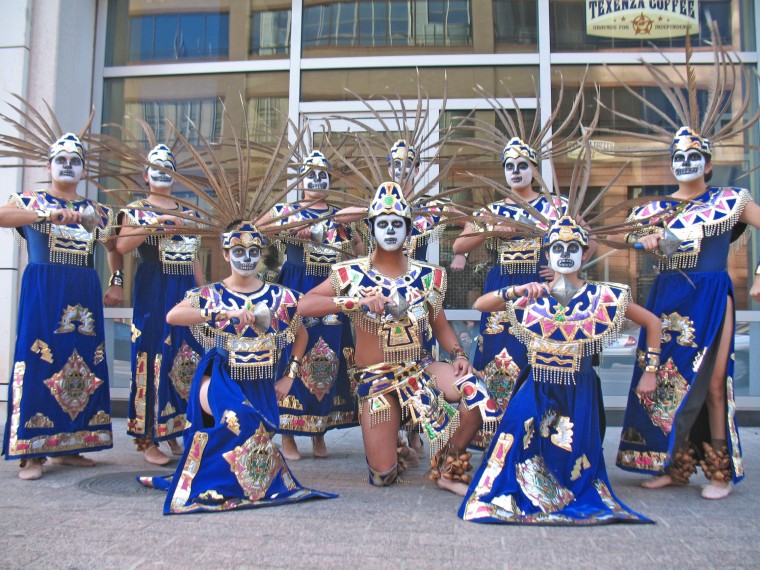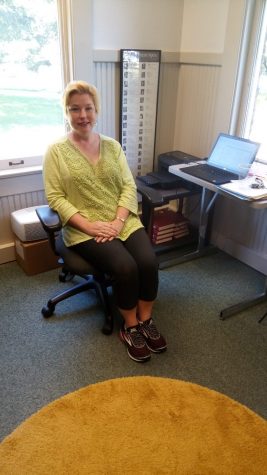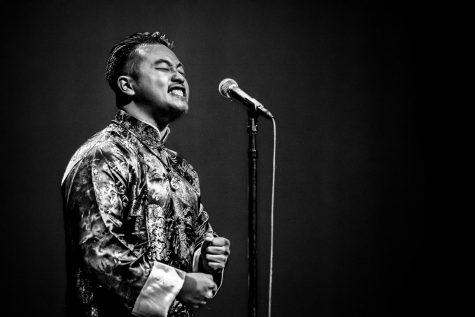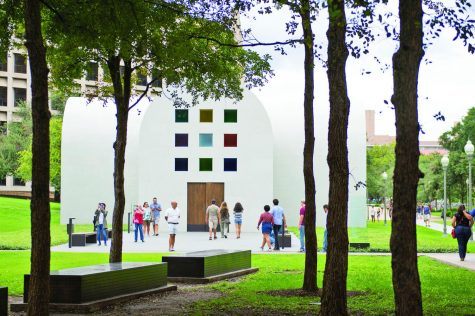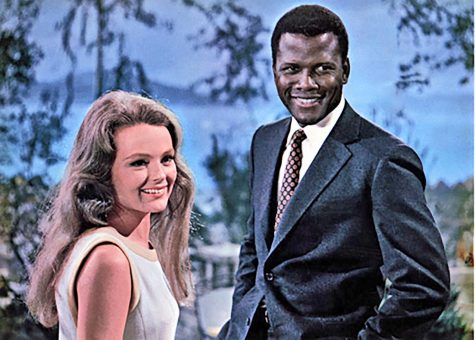Folklorico honors Hispanic culture
Since Texas was admitted to the United States in 1845, the state has fostered countless Hispanic customs and practices. St. Edward’s University’s Ballet Folklórico, for example, pays homage to Mexican culture, which is greatly reflected in our rich Texas heritage.
Outside of the Mexic-Arte Museum during the 26th annual El Día de los Muertos (All Souls’ Day) celebration, the St. Edward’s Ballet Folklórico performed a portion of their performance for attendees.
Their performance was the first segment of their routine, known as Concheros, in which the performers bless the four corners of the dance area.
The Ballet Folklórico dance uniforms were long—heavily detailed, royal blue fabric intricately designed into dance dresses. Performers wore quail plums headpieces, which only added to the already elaborate costumes. The dancers wore stoic faces, painted to look like the face of a skeleton. “Conchas,” or shells, adorned the performers’ ankles and served as instruments to make a rhythmic sound as they stepped, jumped and kicked around the dance area.
An additional instrument the performers used was a metal tool placed in their hands, which they shook to a beat that complimented the clinking “conchas.”
After their performance, the Ballet Folklórico dancers, along with other Folklórico groups and festive Austinites, continued to perform during the Grand Procession, which was a Día de los Muertos parade that marched down Sixth Street.
“It is important [to celebrate Mexican culture] if we are going to be a Hispanic-serving institution that shares that with the rest of campus community,” said Linda Valdez, director of St. Edward’s Ballet Folklórico. “Not only the campus community, but the Austin community as well.”
The Folklórico is Mexico’s traditional form of dance. Each region in Mexico offers a unique style that represents that particular region’s culture and identity. The St. Edward’s Ballet Folklórico dancers not only learn how these dances are performed—like learning hand movements, steps and how to use their instruments—but they learn the origins and history of each traditional dance as well.
“You learn a lot about the different areas in Mexico,” said Ballet Folklórico performer Esmeralda SantaRosa. “Like, the different cultures, the way they dance, and their music.”
Depending on the location of each region, some areas may reflect very similar qualities to their dances as neighboring regions. Areas located near the Gulf Coast region of Mexico, for example, are more tropical and simple. They feature floral themes and typically use harps and stringed instruments for music.
Central Mexico uses more elaborate props—like big hats and colorful, festive costumes. Their performances are more theatrical, and they customarily use violins in their music. The mountainous parts of Mexico have more traditional movements. For sound, they use simpler instruments, like the drum or flute.
Mexico’s traditional dance allows spectators to catch a glimpse of the resonant culture and heritage of Mexico.
“I was interested in learning a kind of dance. Folklórico, being a traditional Mexican dance, made me interested,” said Gabrielle Guerrero. “That’s my background, and those are my ancestors.”
Ballet Folklórico is open to anyone who would like to exercise, to embrace the Mexican culture, or just loves to dance and perform. Those interested in joining should contact Linda Valdez at (512-448-8625) or [email protected].


